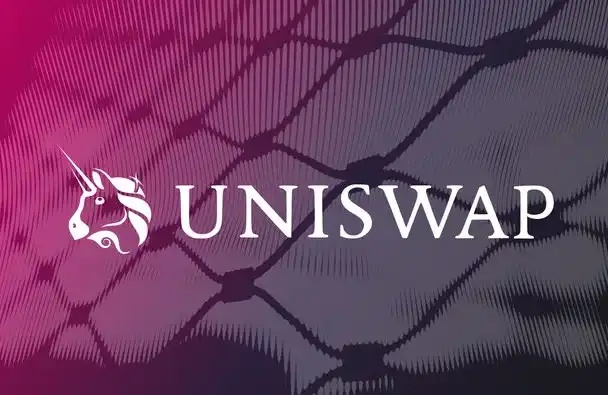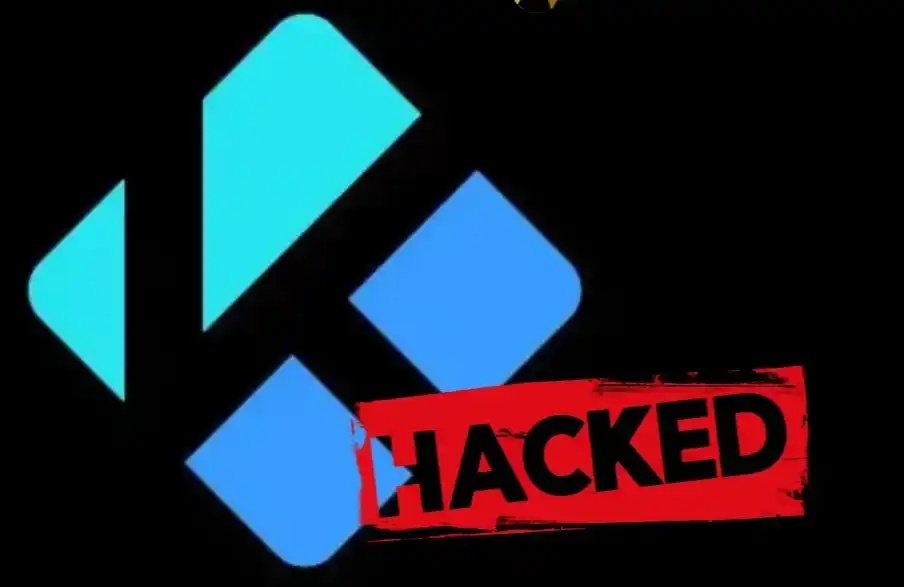ABCDE: 2024 Public Chain Infra Miscellaneous
Original title: "ABCDE: 2024 Public Chain Infra Miscellaneous Talk"
Original author: Laobai, ABCDE
Recently in the primary market, the hottest track is undoubtedly AI, followed by BTC. 80% of the projects discussed every day are concentrated in these two tracks. Personally, I can talk about 5 or 6 AI projects a day at most.
It is foreseeable that the AI bubble will reach its peak in the next two years. With the launch of hundreds of new AI projects, the market value of the AI track will reach its peak. When the bubble finally bursts and everything is in chaos, unicorns that truly find the fit between AI and Crypto will be born, pushing this track and the entire industry forward.
So in the current AI overheated environment, calm down and take a look at what changes have taken place in the Infra level, especially in the public chain Infra track in recent months. Some of the new things are worth mentioning.
1. ETH, or the further deconstruction of the monolithic chain
When Celestia first proposed the concept of modularization and the concept of the DA layer, the market actually spent a lot of time to digest and understand it. Now this concept has long been deeply rooted in people's hearts, and various RaaS Infrastructure has flooded to such an exaggerated stage that the number of infrastructures > the number of applications > the number of users
In the past few months, the execution layer, DA layer, and settlement layer have made some different technical progress. Each layer has derived new technical solutions, and even the concept of settlement layer is no longer exclusive to ETH. We will briefly talk about the representative technologies of each layer.
2. Execution layer
The hottest concept of the execution layer is undoubtedly Parallel EVM—represented by Monad, Sei, and MegaETH, and some existing projects such as FTM and Canto have also begun to plan to upgrade in this direction. However, just as not all ZK projects will protect privacy, the projects labeled with Parallel EVM actually have different technical routes and ultimate goals.
Take a picture of Sei for an intuitive display. It is obvious that in an optimistic situation, the performance improvement from the existing sequential processing to parallel processing is still very obvious.

Parallel EVM can actually be divided into several different technical routes
From the perspective of how transactions are parallelized—There is nothing new under the sun, except the difference between a priori and a posteriori
A priori is represented by Solana and Sui, requiring transactions to clearly state which parts of the chain state they have modified, so that before packaging the block, it can detect whether there is a state conflict (such as access to the same AMM pool), and if so, discard the conflicting transactions
A posteriori is also called optimistic parallelism, represented by Aptos BlockSTM, that is, first assume that everyone has no conflict and collect the transaction, and then detect it after execution. If a conflicting transaction is found, the transaction is declared invalid, the result is refreshed, and it is re-executed, and this step is repeated until all transactions in the block are executed. Sei, Monad, MegaETH, and Canto use similar solutions.
We have also seen parallel solutions in the primary market for state conflict scenarios (such as access to the same AMM pool mentioned above), but the engineering seems relatively complicated and we are not sure whether it is commercially feasible. It is still under evaluation.
Based on the degree of attention paid to Parrallel EVM—it can also be divided into two schools
One is Monad, represented by Sei, which takes how to trade in parallel as the main expansion idea, that is, Parallellization is the main narrative. For example, in addition to optimistic parallel processing, Monad also has a specially developed MonadDB, and asynchronous I/O is specifically used for parallel processing
The other is the idea of Fantom, Solana, and MegaETH. Parallelization is one of the expansion solutions, but it is only one of them. Parallellization is an auxiliary narrative, and performance improvement depends more on other technical solutions.
For example, Fantom's Sonic upgrade focuses on the FVM virtual machine + and the optimized Lachesis consensus mechanism. Solana's next stage focuses on the modular architecture of the new Firedancer client, optimized network communication mechanism and signature verification, etc.
MegaETH's goal is to achieve Realtime-blockchain. First of all, based on the newly developed Reth high-performance client of Paradigm, further optimization and improvement have been made in many aspects, such as the state synchronization mechanism of the full node (only synchronizing state differences rather than all data), the hardware design of the Sequencer (a large amount of high-performance RAM with storage function for state access to avoid slow disk I/O), and the data structure improvement of Merkle Trie. This is equivalent to a comprehensive and all-round improvement in software, hardware, data structure, disk IO, network communication, transaction sorting and parallel processing, pushing the performance ceiling of EVM to the limit and approaching "Realtime Blockchain"
3. DA layer
The DA layer has no particularly big technological iterations, so the volume of this track is far less than that of the execution layer. There are only a few major players
ETH’s CallData has been upgraded to Blob, and the fees of each L2 have dropped significantly. Now ETH is already a “not expensive” DA
Celestia’s greater role is that after its launch, as the first project to propose the concept of the DA layer, it has pulled the DA track from the ceiling of 2 billion FDV to 20 billion, opening up the pattern and imagination. Many new Layer2 Appchains naturally choose Celestia as their DA of choice.
Avail has separated from Polygon. Technically speaking, it is more like an "enhanced version of Celestia". For example, it uses Polkadot's Grandpa+BABE consensus mechanism. Compared with Celestia's Tendermint, it can theoretically support more nodes of decentralization. It also supports Validity Proof, which Celestia does not support, etc. Of course, the technical differences are far less important than the ecosystem. Avail still needs to catch up in terms of the ecosystem.
EigenDA was also launched along with the EigenLayer mainnet two days ago. As one of the strongest narratives and the most commercially cooperative projects in this round, I personally feel that the adoption rate of EigenDA will not be low. In theory, as long as it "feels safe and cheap", not many projects really care whether you use Validity Proof or Fraud Proof, whether DAS supports it, etc.
The following three are more worth mentioning. DA
· Near DA—Near is a magical public chain. It was originally designed for sharding and is still doing it now. But while doing sharding, it also developed DA—cheaper than Celestia, and supports fast settlement of L2; chain abstraction—Near recently launched chain signatures, allowing users to request signatures for transactions on any chain through a single NEAR account; AI—Founder illia is one of the eight Transformer members, and the person who was patted on the shoulder by Mr. Huang at the NVIDIA conference is now planning to hire AI engineers and will release a near.ai related announcement next month... Hexagonal warriors, I'm also thrown into the DA track
· BTC&CKB—Because the first layer of BTC does not support smart contracts and cannot be directly settled, dozens of BTC EVM Layer2s are now basically using BTC as DA. The only difference is whether to throw ZK Proof directly onto BTC or throw the Hash of ZK Proof onto it, as if they cannot call themselves "BTC Layer2" if they don't do this. Recently, I actually encountered a new project that said, "I don’t pretend anymore, I am ETH L2, DA settlement is all on ETH, but I serve the BTC ecosystem!", which is quite funny... The only alternative expansion plan is RGB++, which was withdrawn from CKB. In this framework, CKB has become a DA-like existence, and BTC has become a settlement layer of RGB++ because of the black technology of UTXO isomorphic binding.
· New DA - Let me talk about two new DA ideas I have seen, and I won’t mention the project names. One is to combine DA with AI. In addition to being a high-performance DA itself, it can also serve as a storage layer for large AI models, training data and training trajectories. One is to improve the error correction code mechanism of Celestia and other DAs, which can provide a more robust network state in an unstable state such as a dynamic network (several nodes randomly go offline in each round)
Fourth, settlement layer
Originally, this layer was almost exclusive to ETH. DA had competition from Celestia, and there were a number of L2s for its own execution. Only for settlement, other chains like Solana and Aptos do not have L2 yet. BTC's L2 does not use and cannot use BTC as settlement. Currently, the only settlement layer you can think of is ETH
However, this situation will change soon. We have seen several new projects heading in the direction mentioned at the beginning of the article, and some old projects have also begun to transform in this direction, that is, ZK verification/settlement layer-further deconstructing ETH (stealing ETH's business)
Why did such a concept come out?
The reason is that running a contract on ETH L1 to verify ZK Proof is not the best choice in theory
Technically, in order to verify the correctness of ZK Proof, developers need to write verification contracts based on Solidity according to the ZK project and the ZK Proof System they choose. Among them, it is necessary to rely on a lot of cryptographic algorithms, such as the need to support different elliptic curves. These cryptographic algorithms are usually relatively complex, and the EVM-Solidity architecture is not the best platform for implementing these complex cryptographic algorithms. For some ZK projects, the cost of writing and verifying these verification contracts is also very high.
To some extent, this has hindered some ZK ecosystems from natively joining the EVM ecosystem, so ZK-friendly languages such as Cario, Noir, Leo, and Lurk can only be verified on their own Layer1. At the same time, it is always difficult to turn around when updating or upgrading these things on ETH.
In terms of fees, although the "protection fee" DA paid by L2 accounts for the majority, ZK contract verification also requires Gas fees, and verification on Ethereum is definitely not a cheap option. In addition, ETH Gas fees soar from time to time and turn into "noble chains", and the verification cost will also be greatly affected.
So there are new ZK verification/settlement layer concept projects. New projects are still relatively early, represented by Nebra. Old projects also pivot in this direction, such as Mina, and Zen, which has just passed the new proposal.
The overall idea of most projects in this track is basically:
· Support multiple ZK languages
· Support ZK aggregate proof, more efficient and cheaper
· Faster Finality time
ZK settlement layer and decentralized Proof Market are likely to be tied together at present. After all, you need computing power in addition to technology. Maybe we will see some settlement layer projects cooperate with Proof Market projects, or the settlement layer that controls computing power will directly make a Proof Market, or the Proof Market that controls technology I will do it myself and build a settlement layer to take care of everything. The market will have the final say on how to proceed.
Original link
Welcome to join the official BlockBeats community:
Telegram Subscription Group: https://t.me/theblockbeats
Telegram Discussion Group: https://t.me/BlockBeats_App
Official Twitter Account: https://twitter.com/BlockBeatsAsia
 Forum
Forum OPRR
OPRR Finance
Finance
 Specials
Specials
 On-chain Eco
On-chain Eco
 Entry
Entry
 Podcasts
Podcasts
 Data
Data


 Summarized by AI
Summarized by AI







